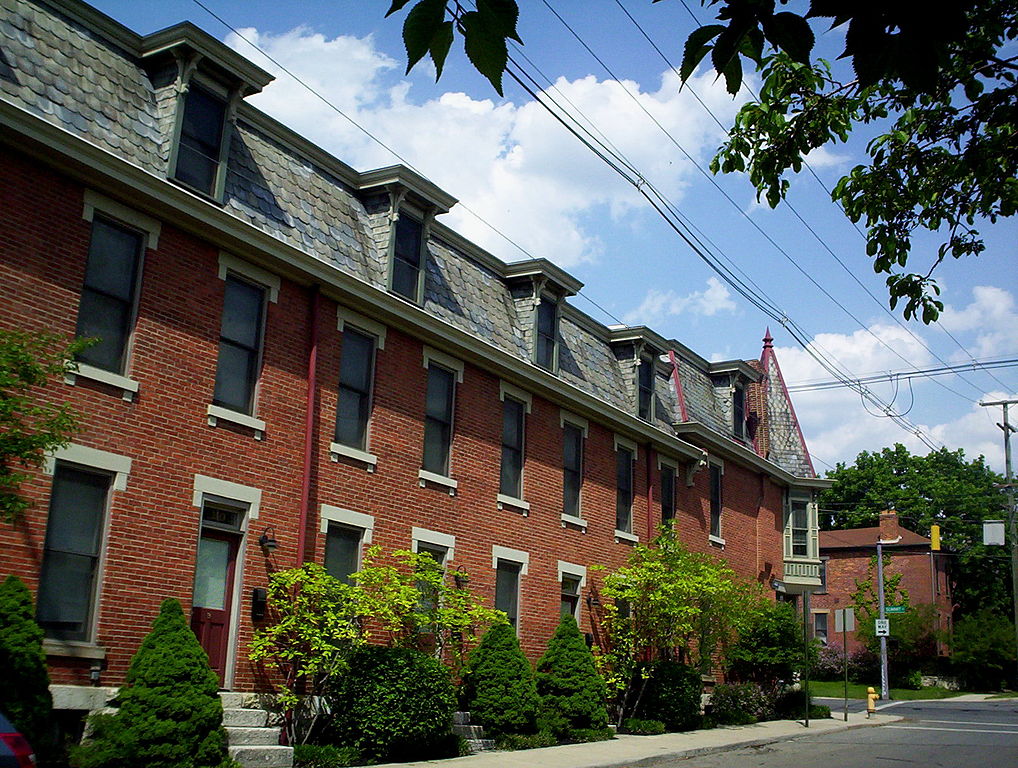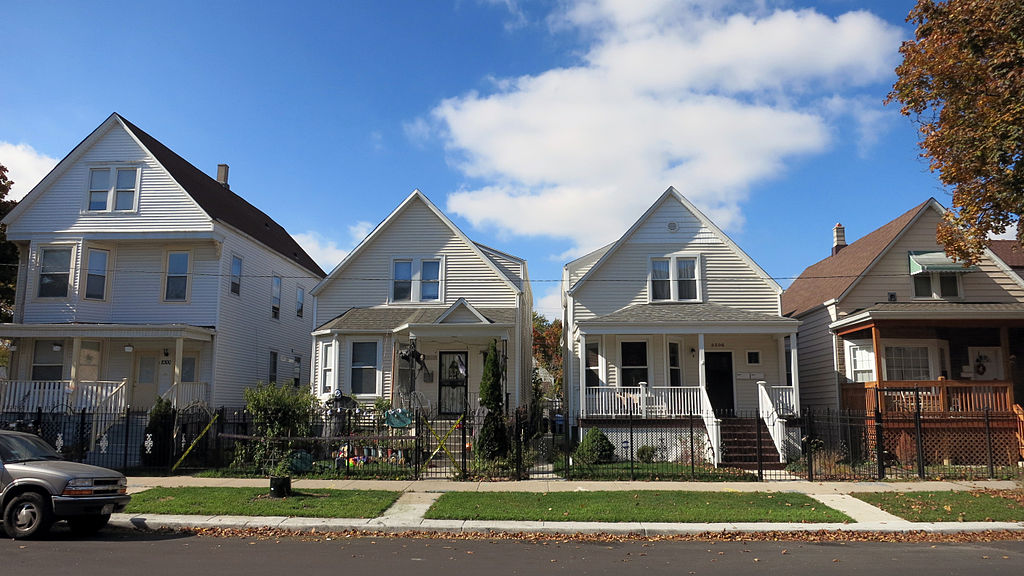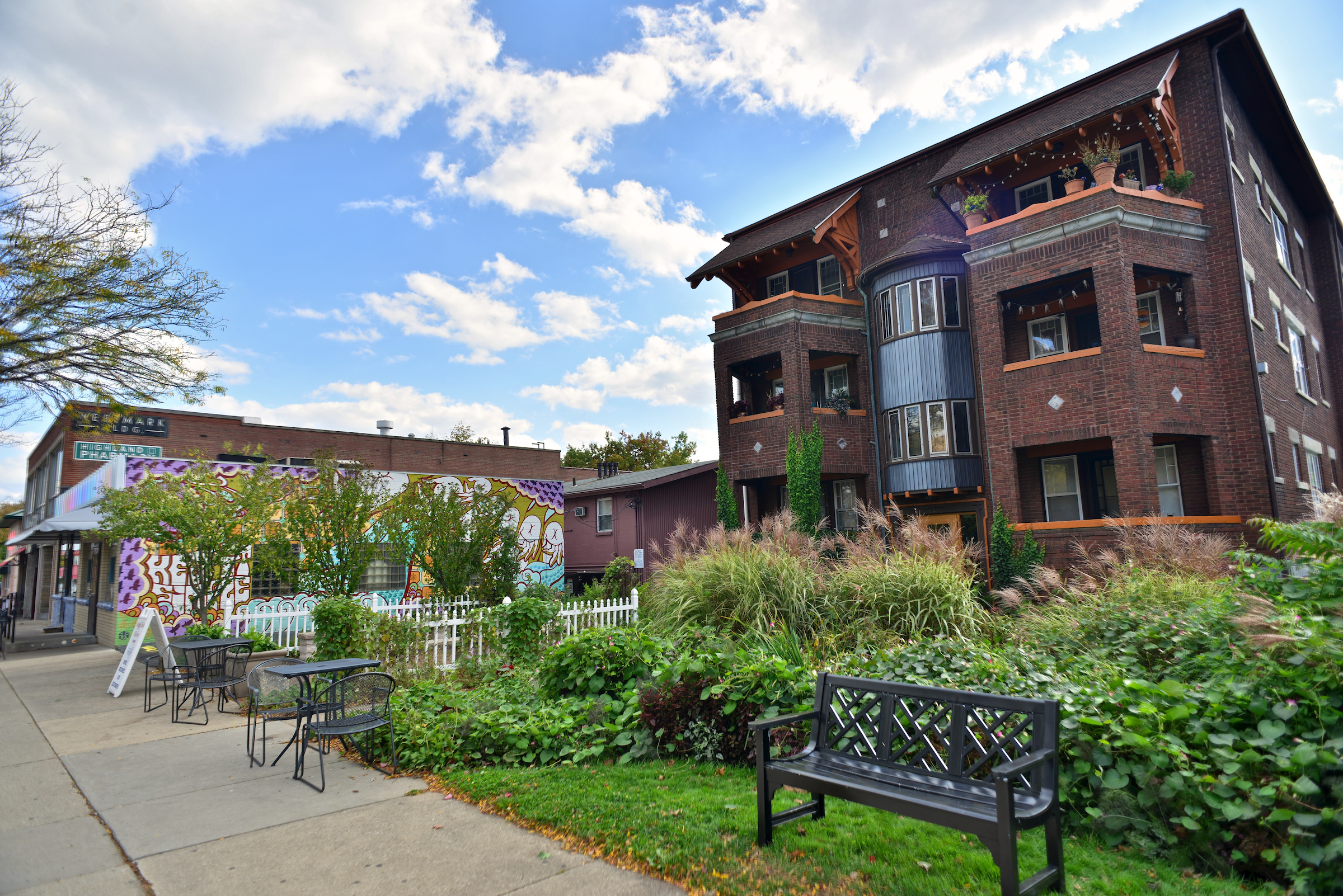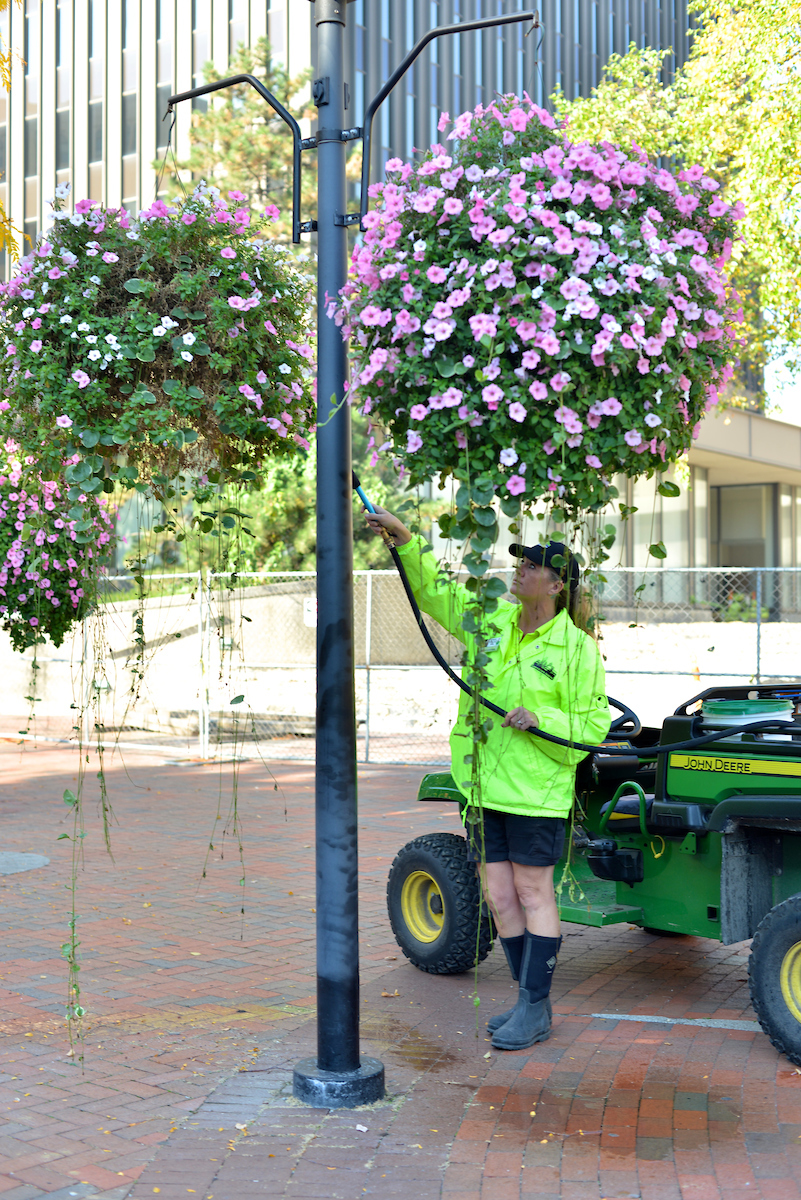
This report investigated the engagement practices of six successful Community Land Trusts.
Community Land Trusts have emerged as an effective model for affordable housing creation and preservation. Resident and community engagement are critical to the success of these organizations. This report investigated the practices of six successful Community Land Trusts and found that CLT’s must 1) accommodate the lifecycle of residents, 2) address capacity constraints, 3) involve partners for efficacy and efficiency, and 4) attend to challenges relating to growth and geographic spread.







